SSD manufacturer Sabrent is a relatively new player when compared to some of the bigger names like Seagate, SanDisk, and Samsung, but their Rocket SSD quickly gained a reputation for being one of the most reliable, affordable solid state drives on the market. But it was an internal drive, and Sabrent fans wanted an external option. So, in 2018, the company released the Sabrent Rocket Pro, a heavy duty external SSD that was basically the original Sabrent Rocket with an outer shell.
But the Rocket Pro was relatively large, a bit too large for easy portability. To bridge the gap between a desktop external drive and a low capacity thumb drive, Sabrent developed the Rocket Nano. First released on October 1st, 2019, the Rocket Nano is smaller than a credit card, so you can easily carry it in your front pocket just as you would carry a thumb drive.
Unboxing the Beast
So, besides your external SSD, what else comes with the Rocket Nano? Here’s a quick look at everything else that ships in the box.
- 8-inch USB Type-C to Type-C Cable.
- 12-inch USB Type-A to Type-C Cable.
- User’s manual.
Honestly, that’s all you get, but what else do you really need? You’ve got your drive, your instructions, and cables to connect to any device.
Capacity and Compatibility
The Sabrent Rocket Nano is available in three different sizes: a basic, 512GB version, a larger, 1TB version, and a 2TB variant that has yet to hit shelves, but is expected to be available by the end of the month. All in all, you’re looking at an impressive amount of capacity from a pocket-sized SSD.
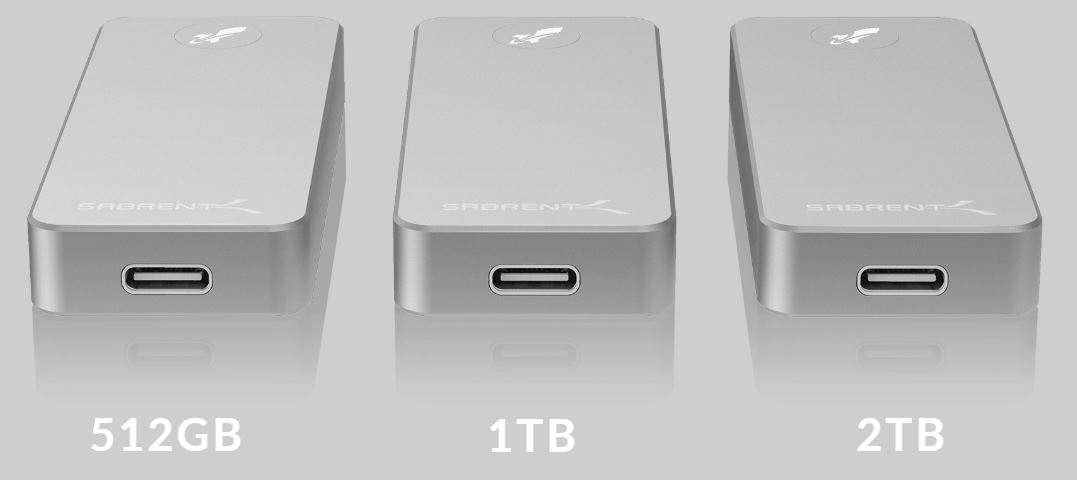
Provided you’re connected to a USB 3.2 port, the Rocket Nano will provide read and write speeds of up to 1,000MB per second. That’s fast enough to transfer a movie-length HD video in just a few seconds. Even full 4K video will transfer in under a minute. This is much appreciated, since the main reason you want an SSD – in addition to the small size – is that it’s significantly faster than an HDD. Even the fastest HDDs top out at around 150MB per second, which is just a fraction of the Rocket Nano’s capacity.
If you require a portable SSD drive, but you’re less concerned about speed, the Emtec Speedin’ X600 is a solid choice. The transfer rates on this SSD are significantly slower than the Rocket Nano; the read speed maxes out at about 352MB per second, while the maximum write speed is about 86MB per second. That said, it has a rugged case, it fits in the palm of your hand, and it costs only about half as much as the Rocket Nano.
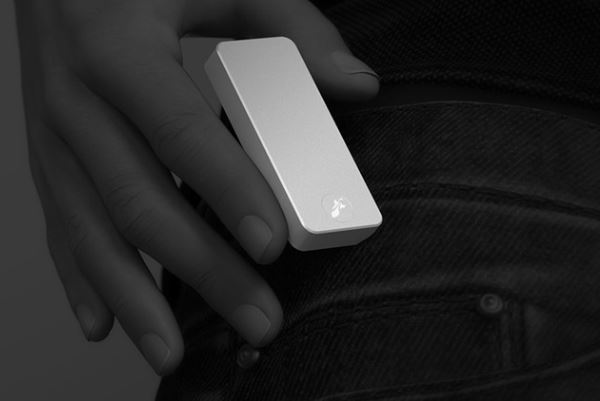
One thing we like about the Rocket Nano is that it’s designed to work with both Windows and MacOS systems. Most thumb drives and hard drives come formatted either as FAT32 or NTFS for Windows systems, or formatted as Mac OS Extended for Macintosh. This means that if you’re using the wrong type of computer to use the drive, you’ll have to reformat it before you’re able to use it. The Rocket Nano is formatted in the ExFAT format, which means it’s ready for plug-and-play use on all Windows machines running Windows XP SP2 or later, and all Apple computers running Mac OS X Snow Leopard 10.6.5 or newer. The firmware is also upgradeable, so your Rocket Nano is future-proof against future changes in protocol and disk formatting.
Connectivity
The Rocket Nano can connect either to a USB Type-C or Type-A drive. This gives you some backwards compatibility for connecting to older hardware. That said, we recommend using the Type-C connection whenever possible. It’s a significantly faster connection. As we’ve already noted, the hard drive comes with both types of cables. It would be nice if the USB-C cable were longer than 8 inches, but for most applications that should still be plenty of cord.
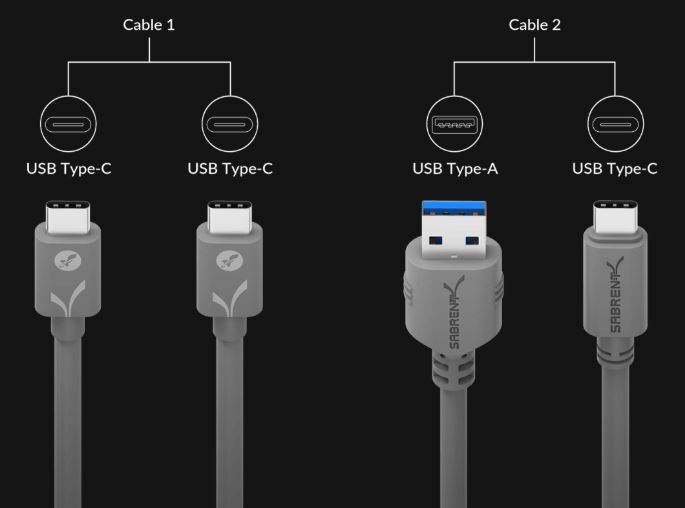
Speaking of cords, you won’t need to worry about a power supply. Most external HDDs require a significant amount of power to spin the physical disk. They can’t run on USB power alone, and require an AC adapter and wall cord in order to operate. Because an SSD has significantly lower power requirements, the Rocket Nano receives all its power from the USB port. This fully bus powered design is very convenient, since it means the only thing you’ll need to bring with you is a short USB cable.
Design and Construction
Of course, a quality SSD is about much more than technical specifications. It needs to be well-designed on the outside, as well. Thankfully, Sabrent is just as concerned as we are about a sturdy design, and they built the Rocket Nano tough enough to handle a reasonable amount of abuse.
The case is CNC-machined from aircraft grade aluminum, which is one of the toughest lightweight metals you’ll find without spending a king’s ransom on titanium. The shell is virtually impossible to dent. It’s tiny, but don’t let that fool you. There’s plenty of room inside for a shock mount, and there’s enough space for heat dissipation, which means you won’t need to be concerned about burnout from long-term overuse.
On the outside, the case has a smooth, sandblasted finish. It’s black rather than silver, although the etched Sabrent emblem and logo are silver themselves. Other than that, the outside of the case is completely bare. It measures 4.13 inches long, 1.77 inches wide, and just over half an inch thick. Other than the logo and emblem we already mentioned, there are no markings whatsoever. At one end, you’ll find a USB Type-C port, but it’s the only other thing that interrupts the sleek, smooth finish.
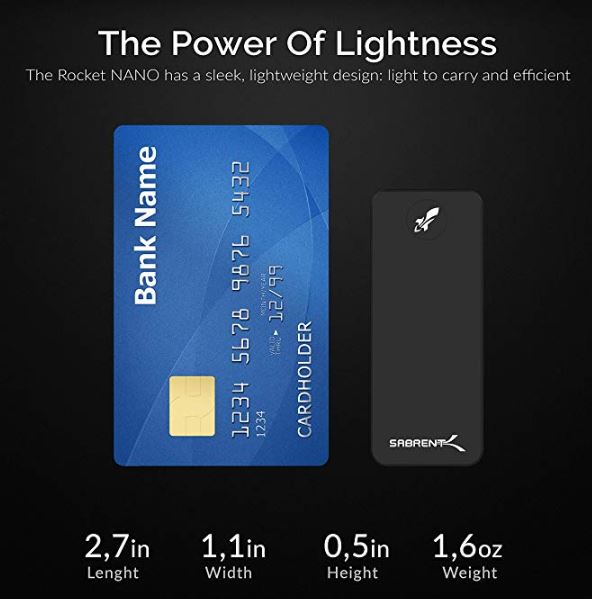
If you’re in the market for an even more durable drive, we’ve got you covered. We’ve reviewed the toughest military-grade external hard drives. These drives are built to take a serious beating, and are surrounded by tough, heavy-duty shells to protect them from drops and shock. They include the LaCie Rugged Triple Hard Disk, which is designed to provide improved performance on FireWire devices, as well as the Silicon Power Armor A60, a slimmer drive that’s still impressively rugged. The downside of all of these drives is that they’re HDD drives, not SSD drives, so you won’t get the same blazing-fast read and write speeds.
SSD Drives Vs. HDD Drives
A lot has been made in recent years of the transition from older HDD (hard disk drive) technology to newer SSD (solid state drive) technology. But what exactly is the difference? For less tech-savvy individuals, it might just seem like a couple of meaningless acronyms. Actually, the difference is huge. As a matter of fact, other than the fact that they provide a way for you to store data, HDDs and SSDs have virtually nothing in common.
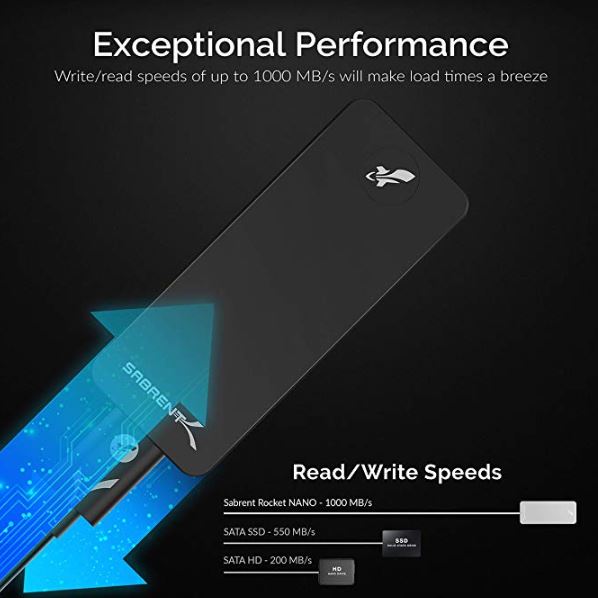
HDD drives consist of a spinning magnetic disk, with a magnetic “needle” over the top of it. As the disk spins, the needle can read the magnetic data on the surface, or can use an electrical pulse to write new data. In a lot of ways, it’s similar to an old-school vinyl record, except that the needle is reading digital 1s and 0s instead of bumps inside a vinyl groove.
This technology has been around since 1957, when the IBM 350 was created. It could store 3.75MB of data (a short, low-quality MP3 file) in a box the size of two refrigerators. Obviously, HDD drives have gotten much smaller and higher capacity over the years, but they’re still limited by the fact that the disk itself is physical, and it can only spin so fast. Even the fastest modern disks are quickly approaching the theoretical maximum speed, and new bearing and lubrication technology will be needed to increase this speed further.
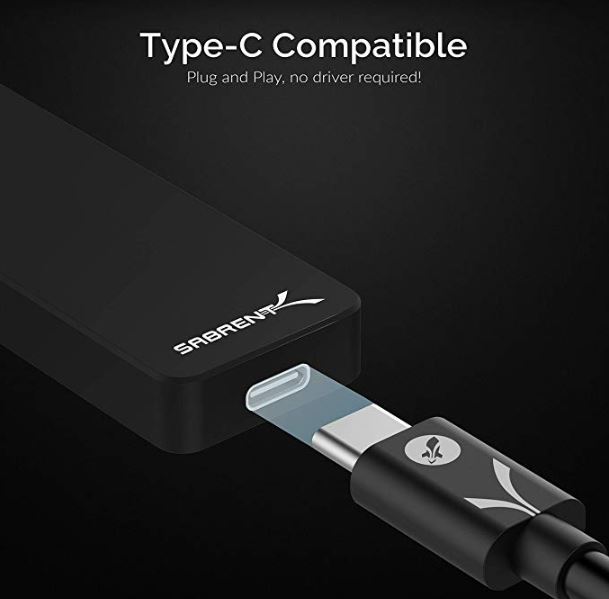
Fortunately, there’s a better option. SSD drives work by… well… look, it’s complicated, and it involves things like quantum tunneling. Basically, SSD drives have no mechanical parts. This makes them more resistant to shock, and it means that your read and write speed is limited more by your cables and bus technology than it is by the storage medium. That said, SSD drives will start to decay (randomly lose data) if they’re left unpowered for a year or more. For this reason, they’re a poor choice for long-term backups or storage.
Final Verdict
So, is the Sabrent Rocket Nano worth the investment? If you’re looking for blazing-fast speed, it’s definitely one of the best on the market. At transfer rates approaching 1GB per second, it’s one of the fastest on the market, and it’s pushing the limit of what the USB-C cable is capable of transferring. If you want to go much faster, you won’t just need a different drive; you’ll need to wait until the next generation of USB technology comes around.
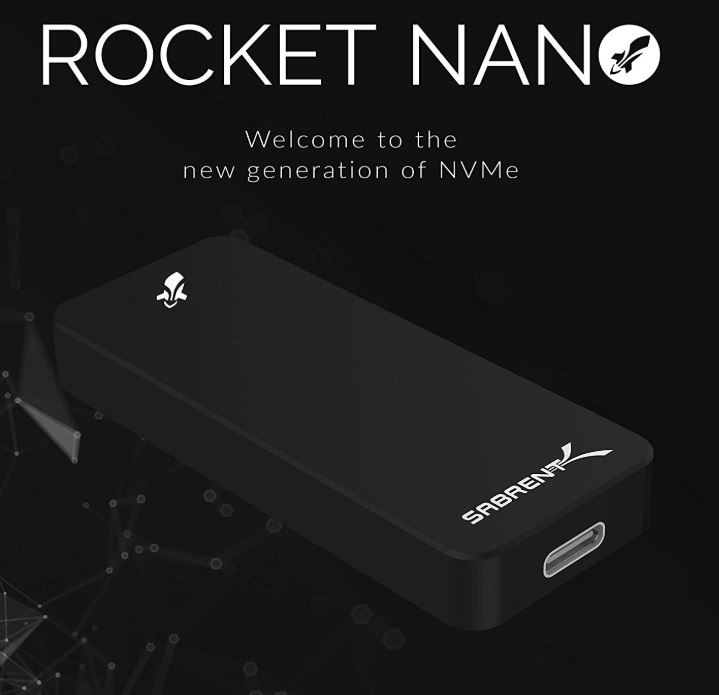
We also appreciated the fact that it’s compatible with both Windows and Apple machines. At first blush, this may not seem that important. After all, most people use one type of device or the other exclusively. While this is true for most accessories, an external SSD is designed specifically for transferring data from one machine to another. If you’re an Apple person but you want to share music and videos with your friend who’s a Windows person, the ability to switch effortlessly back and forth is a significant advantage.
Finally, the construction is excellent quality for a small, slim device. It’s not exactly a tank, but it’s tougher than most external drives of this size. It’s certainly capable of withstanding a few drops, and can easily handle anything that’s going to happen to it in your pocket. All in all, it’s a fantastic choice for speed, portability, and compatibility.
Meet Ry, “TechGuru,” a 36-year-old technology enthusiast with a deep passion for tech innovations. With extensive experience, he specializes in gaming hardware and software, and has expertise in gadgets, custom PCs, and audio.
Besides writing about tech and reviewing new products, he enjoys traveling, hiking, and photography. Committed to keeping up with the latest industry trends, he aims to guide readers in making informed tech decisions.


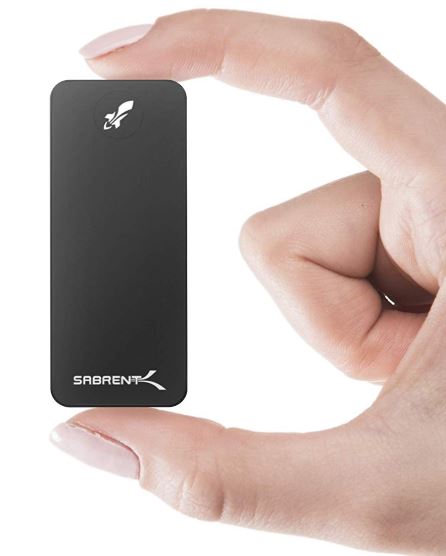
how do i connect rocket nano to my pc having win 10 edge.
cannot show icon on my pc while connectin through usb.
is there any format to connect and view .
i tried to connect rocket nano thru usb 2 .
no icon is displayed in my quick start menu.
if i connect my pendrive by usb 2 i can see E drive on my computer but i cannot see any drive when i connect rocket nano.
pls let me know how do i solve this problem.